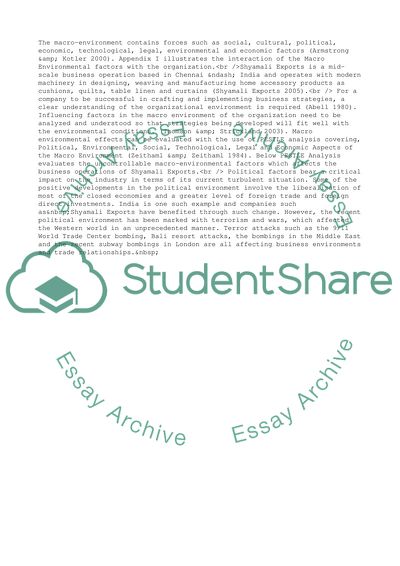Cite this document
(Uncontrollable Factors in Macro and Micro Environment and their Impact Case Study, n.d.)
Uncontrollable Factors in Macro and Micro Environment and their Impact Case Study. Retrieved from https://studentshare.org/business/1703039-marketing-strategy
Uncontrollable Factors in Macro and Micro Environment and their Impact Case Study. Retrieved from https://studentshare.org/business/1703039-marketing-strategy
(Uncontrollable Factors in Macro and Micro Environment and Their Impact Case Study)
Uncontrollable Factors in Macro and Micro Environment and Their Impact Case Study. https://studentshare.org/business/1703039-marketing-strategy.
Uncontrollable Factors in Macro and Micro Environment and Their Impact Case Study. https://studentshare.org/business/1703039-marketing-strategy.
“Uncontrollable Factors in Macro and Micro Environment and Their Impact Case Study”. https://studentshare.org/business/1703039-marketing-strategy.


